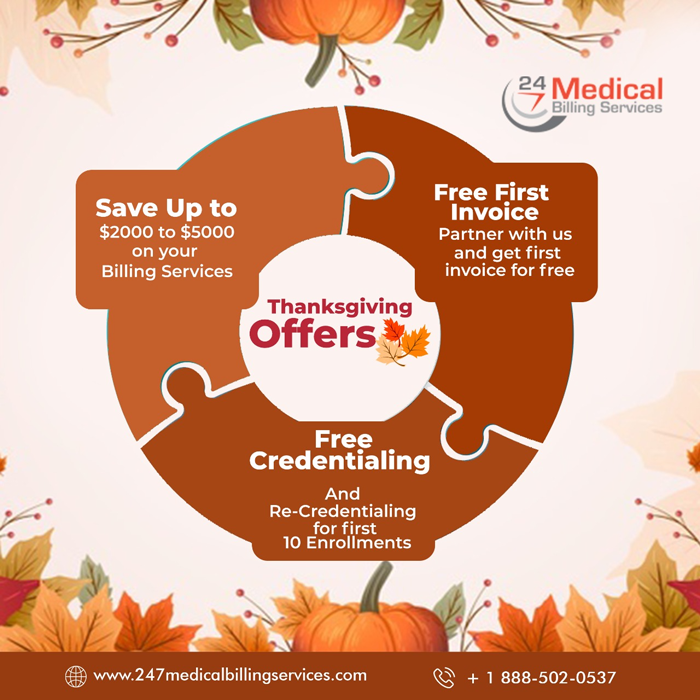Why hospitals need to invest in their patient billing tech
The provider revenue cycle has experienced a substantial revolution as of late, but patient billing technology at many hospitals and health systems has been slow to evolve.
Tom Furr, director of business development and CEO at Durham, N.C.-based PatientPay, spoke with Becker’s Hospital Review about the dramatic transformation taking place in hospital billing and collections since the implementation of the Affordable Care Act.
“Prior to high deductible health plans, physicians could pretty reliably receive more than 90 percent of reimbursement from insurers within a two week period,” says Mr. Furr. That number has shifted to only 50 percent, leaving half of the bill in the hands of the patients themselves. “The whole RCM system has been shaken up,” Mr. Furr adds.
Providers are now finding their operational billing practices antiquated and inadequate for efficiently capturing patient revenue.
Patients may receive upward of three different explanation of benefits in the mail for an episode of care, each itemized in different ways and none of which match up with the final bill. “Our research shows that 71 percent of patients will pay their bill right away if it matches the EOB they receive from their insurance company,” says Mr. Furr.
Claims billing to the insurer has always been electronic, whereas patient billing — a historically minor portion of healthcare reimbursement — still uses a paper billing process.
PatientPay repurposed the automated insurance claims process and its electronic infrastructure for the patient payment process. “Put simply, our software tricks the billing program to treat us as an insurance plan, to avoid triggering a paper statement,” Mr. Furr told Becker’s Hospital Review. “After the claim has been adjudicated, we forward the electronic claim to the patient, which then matches charges on the EOB line for line.”
For providers that use Patient Pay services, more than 73 percent of their patients pay their bills once opened, and the average patient pays within 14 days.
The company holds three patents for its paperless billing technology and has seen an increasing desire among providers for this kind of technology.
“With meaningful use and ICD-10 anxiety largely past,” patient engagement from a cash flow perspective is “an industry ripe for automation,” says Mr. Furr. “Clinically focused patient engagement will miss the mark if it doesn’t include cost expectation, and a good billing and collection process.”
Source: http://www.beckershospitalreview.com/


